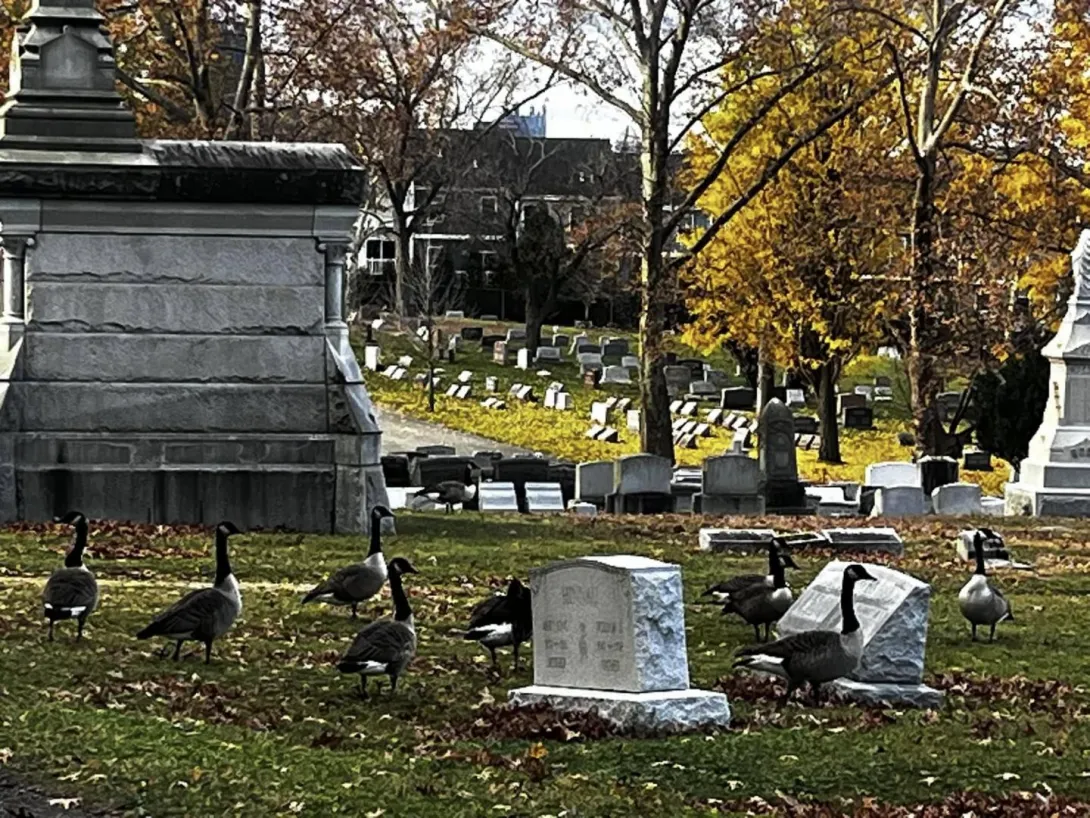Not yet a century old, when her flag showed only 34 stars, America erupted in what is remembered as the most crucial conflict since her independence. This civil war pitted state against state, brother against brother. The original 13 colonies had expanded and fractured into two opposing perspectives- all for the country or all for the state.
President Lincoln's goal was for the United States of America to remain united, for solidarity to rise out of our differences, and for our forefathers' perception of freedom as a fundamental right of humanity to be the paramount tie that binds this new and progressive government "of the people." Sadly, lines of sympathy were drawn in blood; many biological family ties were severed, and the closest bonds became those of brothers in arms, poignantly so for the United States Colored Troops (U.S.C.T.), African American men who were mustered into service following Lincoln's Emancipation Proclamation on January 1, 1863.
In one fell swoop, these men were made citizens who would "be received into the armed service of the United States." They were no longer the countless, nameless faces of a human tragedy- they were the countrymen of a young but already tremendous and noble nation- they were Americans.
The 150th anniversary of the beginning of the war that saw our revolutionary ideals tried in blood and our devotion to freedom tested in both the mire of the ravaged battlefield and the unknowable battles of the human heart. In the loss of human life, it stands alone - the number of soldiers killed in the Civil War represents nearly half of the total killed in all American conflicts combined.
Allegheny Cemetery is the final resting place of nearly 1,200 of these souls, including eight known Confederates, 134 U.S.C.T., and 9 Generals, as well as the remains of 78 young victims of the 1862 Allegheny Arsenal explosion. The massive Soldiers Memorial is flanked by two of only 48 surviving Confederate Civil War cannons, and our Grand Army of the Republic (G.A.R.) lot boasts two of the Union's; all four saw heavy use during the war and are even rarer, as they are made of solid brass.
After the war, Ulysses S. Grant requested that he be taken to Allegheny to visit the monument of Major General Alexander Hays to pay tribute to his friend and comrade, who was killed in the Battle of the Wilderness while under Grant's command. Historical accounts note that General Grant sat atop one of the Hays monument cannons and openly wept.
Today, we do not weep but rather quietly confront the reality of the Civil War and the memory of the hundreds of thousands who served with the passion and commitment that made our country legendary from its inception. For its esteemed Civil War Heritage, Allegheny Cemetery has been recognized by the Appalachian Regional Commission, the Pennsylvania History and Museum Commission, the PA Tourism Office, and the Senator John Heinz History Center, among other historical and cultural organizations partnering to commemorate the war's sesquicentennial.
Allegheny County's contribution to this statewide initiative was a wreath-laying ceremony at our Soldiers' and Sailors' Memorial on November 20. The public was in attendance as we honored President Lincoln's Resolution, which he addressed to troops at Gettysburg at the moment of our crisis—" that these dead shall not have died in vain."
